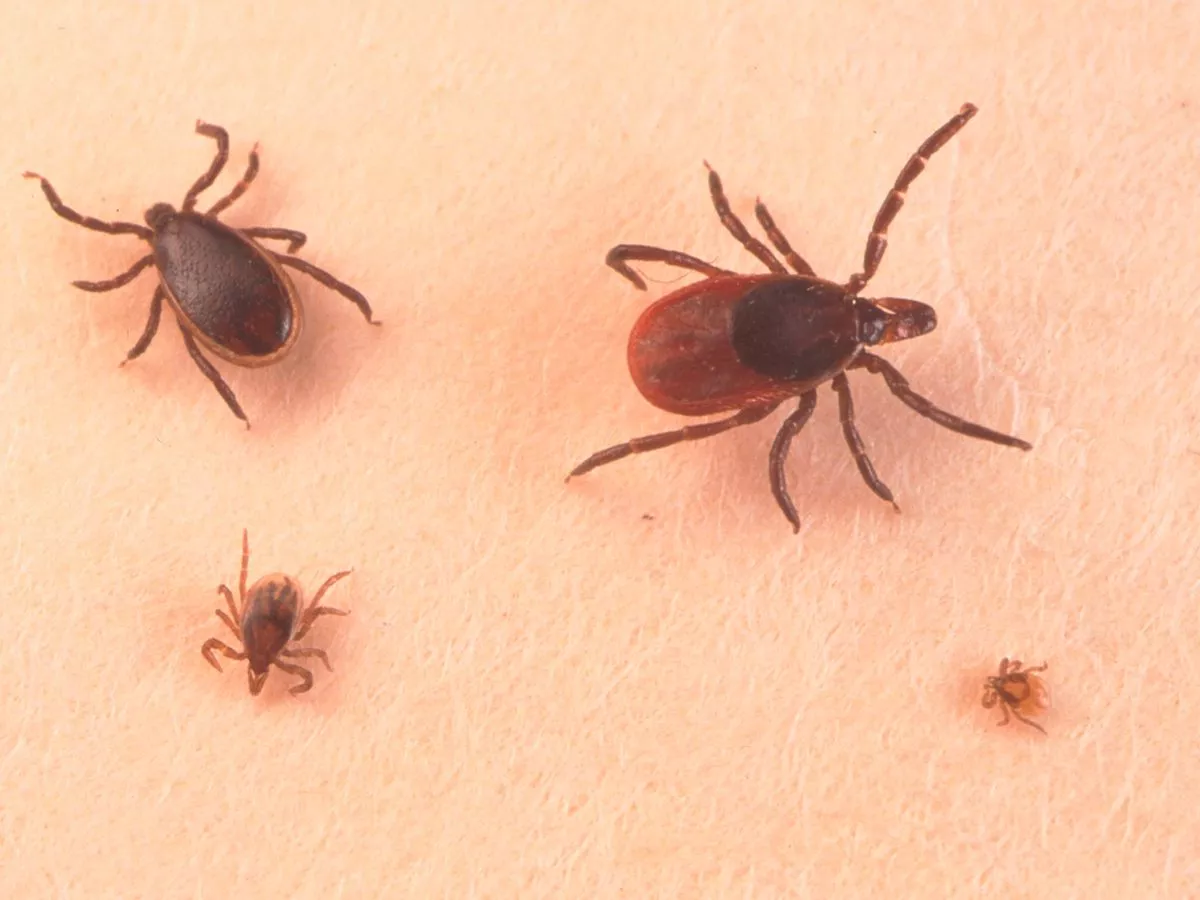By Fionnuala Boyle
Copyright dailyrecord

There are some diseases that seem very foreign to us here in the UK . Although we may have heard of them, we don’t often associate them with Britain, or think we have any chance of catching them – but we would be wrong. Lyme disease is frequently misdiagnosed due to its symptoms resembling other conditions, with approximately 3,000 new cases reported annually in the UK. The disease is an infectious illness transmitted through tick bites. While most of these bites are harmless, some can result in this serious condition. This summer, superstar Justin Timberlake shared with fans that he had been diagnosed with Lyme disease . He described the condition as “relentlessly debilitating, both mentally and physically”. Meanwhile, reality TV star Billie Shepherd was also left bedbound after a shock diagnosis with Lyme disease, describing the experience as “horrendous”. So, what is Lyme disease and why do we need to be tick-aware? Lyme disease is caused by the Borrelia bacteria, which is passed on to humans via infected blacklegged tick bites. Ticks are most active from April to October, making it crucial to recognise the signs and know what to do if bitten. Around 3,000 new cases are reported in the UK each year. However, this figure is believed to be a significant underestimate as the condition isn’t widely recognised by healthcare professionals, and many patients don’t remember being bitten, leading to frequent misdiagnosis. Indeed. If left untreated, the disease can lead to severe health issues such as meningitis, heart failure, paralysis, chronic fatigue syndrome, and memory problems. It can also impact the nervous system. In the worst-case scenario, Lyme disease can be fatal. Ticks are predominantly found in woodland or heath areas but can also inhabit gardens or urban parks. Dog walkers, campers, and hikers are particularly at risk. Ticks latch onto your skin when you brush against something they’re on, then bite into the skin to feed on blood . Pets can also be carriers of ticks, although not all ticks are carriers of Lyme disease. Some individuals may notice an expanding area of redness, similar to a bull’s-eye on a dartboard. However, others may develop a different type of rash, or none at all. The symptoms of Lyme disease can often be confused with flu, as sufferers may experience fever, muscle aches, fatigue, nausea and joint pain. Some people, particularly children, may also develop Bell’s palsy (facial drooping), or experience tingling, numbness and severe headaches. Other symptoms may include low mood, disrupted sleep and issues with short-term memory. The erythema migrans rash begins at the site of the bite between three and 30 days after being bitten. It expands slowly and can reach up to 30cm across. It may feel warm to the touch but is rarely itchy. As it grows, it may clear in the centre, giving it a bull’s-eye appearance. However, not all sufferers will develop this rash , meaning you can still have the disease even if you don’t have the rash. The most effective method of tick removal is using a specially designed hook with a narrow slot, which can be purchased from a vet, chemist or pet shop. Alternatively, pointed tweezers can be used. Wearing gloves to protect yourself from the disease, slide the hook under the tick at skin level, so it is gripped in the hook. Secure the hook around the tick’s mouthparts and pull firmly. Do not twist or squeeze the tick. Ensure you dispose of it properly. Should you develop a rash or symptoms akin to flu, get in touch with your GP. The diagnosis is based on symptoms, physical signs such as a rash, and the likelihood of exposure to a tick bite. There are two types of blood tests available to confirm the diagnosis, but these can sometimes yield false negatives, so retesting may be necessary if symptoms continue. Tick bites don’t cause pain, so often people aren’t aware they’ve been bitten. Antibiotics are effective if the disease is detected early. The issue is that many of the symptoms overlap with other diseases, such as MS, rheumatoid arthritis, Parkinson’s disease and -fibromyalgia. When in wooded areas, wear long clothing. Some experts recommend applying insect -repellent containing permethrin to your clothes, not your skin. After being outdoors, check your skin and the skin of your children and pets. Avoid tall grass and sit on blankets rather than directly on the grass. If you suspect you have Lyme disease, consult a GP.



